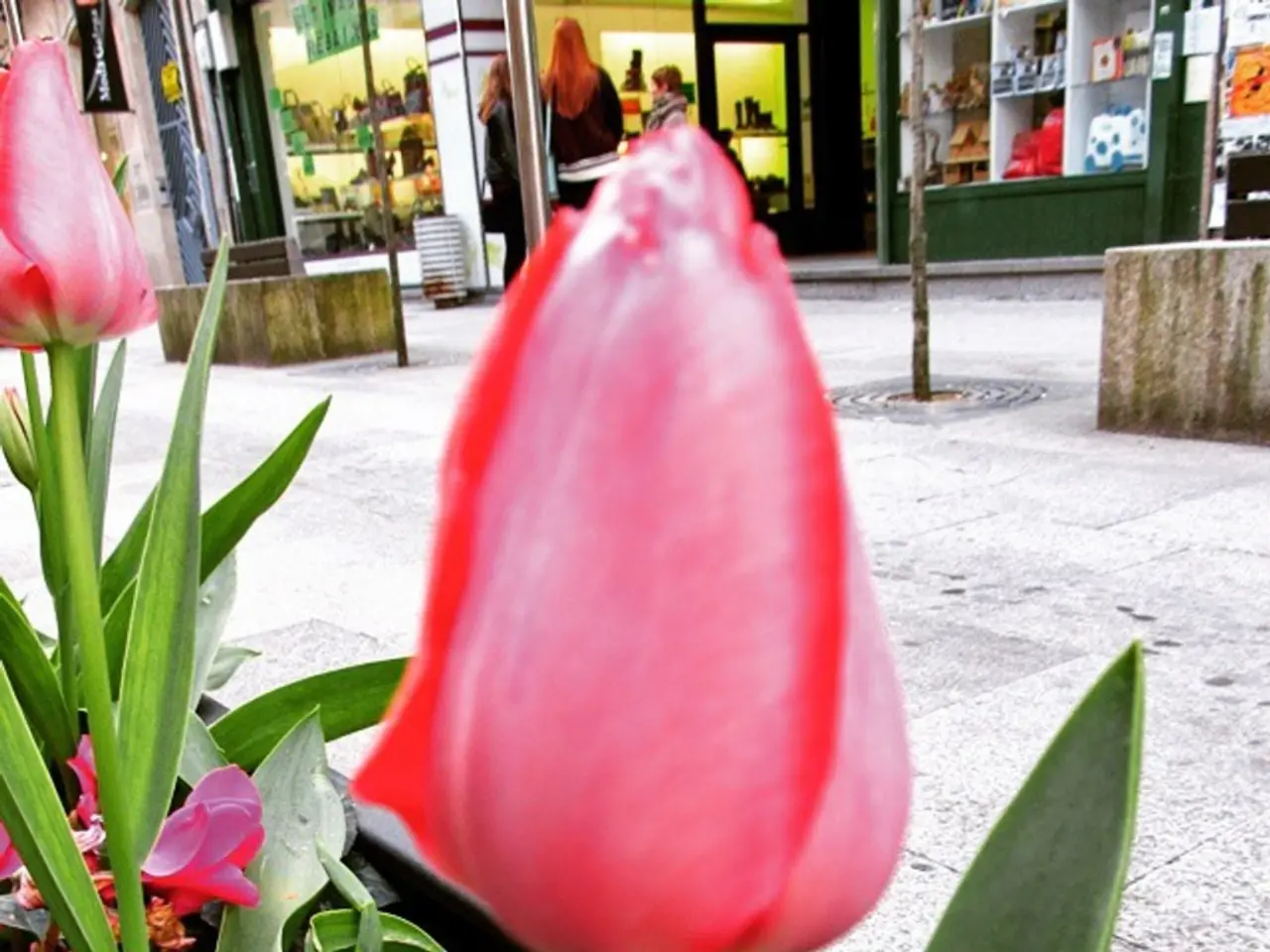Unleashing Contents: Pandora's Storehouse of Secrets
In the Who Am I? gallery at the Science Museum, Esther Fox's artwork "Pandora's Box" is on display until September 2016. This captivating piece aims to spark public commentary on the ethical dilemmas surrounding prenatal genetic screening.
"Pandora's Box" metaphorically uses widespread pre-natal genetic screening to explore complex ethical issues. The artwork depicts concerns over informed decision-making, potential discrimination or stigmatization of certain genetic traits, and the moral complexity of deciding which conditions warrant intervention or pregnancy termination.
The artwork highlights several important ethical questions:
- Informed Consent and Autonomy: Proper support and respect for individual values and beliefs are crucial in ensuring that patients undergoing genetic screening make informed decisions.
- Moral Status and Judgments: The moral acceptability of testing embryos versus adults is contested, and Fox's piece may evoke these tensions by comparing the genetic knowledge opened by screening to Pandora's Box, unleashing unforeseen moral challenges.
- Potential for Discrimination and Inequality: Wider use of screening may lead to societal pressures to select against disabilities or perceived undesirable traits, risking eugenics-like outcomes and discrimination against those living with conditions screened for.
- Emotional and Psychological Impact: The knowledge gained from prenatal screening can cause anxiety, difficult reproductive choices, and potential regret.
- Policy and Social Implications: Wider adoption of screening influences public health policies, insurance coverage, and societal norms about disability and diversity.
The lead casket, embossed with the ancient Greek Hippocratic Oath, symbolises a connection between medicine and philosophy. Hanging above the casket are strips of velum, an ancient medium used for valuable documents like the Magna Carta, embossed with excerpts from a study on prenatal genetic screening. The casket is gilded on the inside with gold leaf, symbolizing inner beauty and knowledge.
Esther Fox, a full-time worker, married, and with a rich and diverse social life, transitioned from painting to sculpture to express her thoughts on genetic screening. The artwork is a collaboration between Fox and Felicity Boardman, who has been researching the way experiential knowledge of disability may affect decision making in pre-natal screening.
"Pandora's Box" represents multiple voices who have taken part in a study on Spinal Muscular Atrophy. Esther Fox, who feels that her disability is a significant part of her identity, encourages thoughtful contemplation and expresses complex emotional subject matter through her artwork.
If prenatal genetic screening becomes more widely available, Fox suggests it could have profound implications on society. Viewers are encouraged to share their thoughts on Twitter using #geneticscreening. Esther Fox has been interested in using art to stimulate public discussions about complex ethical issues for many years.
The artwork invites viewers to ponder on the value of life and the connection between our medical body and our spiritual essence. Esther Fox believes that art can be an effective tool for encouraging discussions about complex ethical issues. "Pandora's Box" by Esther Fox is now installed in the Science Museum's "Who Am I? gallery." Emerging from the casket is a double helix style twist made from computer punch tape, symbolizing the early era of collecting and storing data.
- The artwork "Pandora's Box" by Esther Fox, on display at the Science Museum, sparks conversation about ethical dilemmas in medical-conditions, particularly prenatal genetic screening, and its effects on health-and-wellness, mental-health, and even neurological-disorders.
- There is a debate revolving around informed decision-making, moral judgments, potential discrimination, psychological impact, policy implications, and even the societal norms about disability and diversity in relation to therapies-and-treatments and their widespread use.
- Technology plays a crucial role in "Pandora's Box," represented by an ancient Greek Hippocratic Oath embossed on the lead casket, and data-and-cloud-computing symbolized by a double helix style twist made from computer punch tape, evoking the early era of collecting and storing data.
- Artificial Intelligence is implicit in the piece as well, considering Felicity Boardman's research on the way experiential knowledge of disability may affect decision-making in pre-natal screening.
- Esther Fox, who sees her disability as a defining aspect of her identity, encourages viewers to consider the value of life and the connection between our medical body and our spiritual essence, using nutrients like CBD as a potential example of wellness treatments and the overall impact on our mental and physical health.




